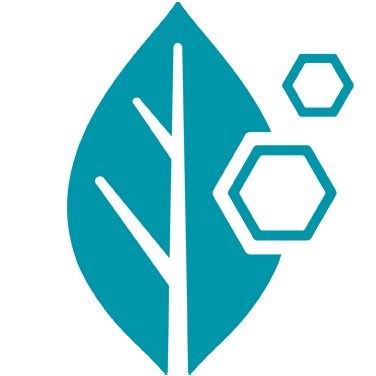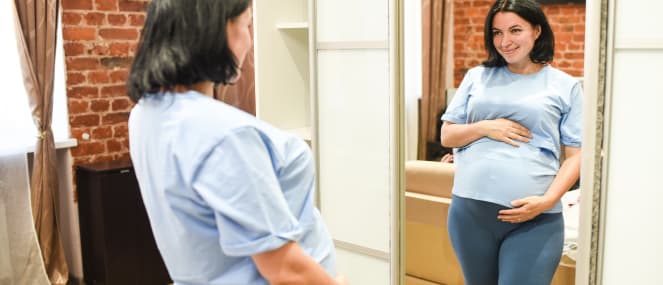


Mastitis is inflammation of the breast tissue, typically caused by an infection in the milk ducts. It is a common complaint in breast-feeding women and often occurs within the first three months after giving birth, but can also happen later.
What are the symptoms?
An early sign of mastitis is a feeling like you are about to get the flu, characterised by sudden chills, fatigue and aches and pains. Once the infection has spread symptoms usually include the following:
- Breast pain
- Swelling of the affected breast
- The breast is warm to the touch
- Redness of the breast often in a wedge shaped pattern
- Burning sensation continuously or whilst breast-feeding
- Usually only one breast is affected
- Fever and general malaise
How does it happen?
Bacteria enter your breasts through a crack or break in the skin of your nipple or through the opening to the milk ducts in your nipple. Mastitis can also develop without broken skin.
This bacteria will often come from your skin’s surface or from your baby’s mouth. The bacteria then multiply, resulting in infection.
Risk factors
The risk of mastitis is increased if you:
- Have sore or cracked nipples
- Use only one position to feed your baby which may not fully drain your breast
- Wear a tight fitting bra, thus restricting milk flow
- Use nipple shields or shells, breast pads or other breast-feeding aids. While these may help your infant feed efficiently, they may block milk flow and increase germs on the nipple increasing the chance of infection.
- Feel stressed, run-down, and are not getting enough sleep
- Have a compromised immunity
Is there any danger to my baby?
It is safe to continue to breastfeed your baby and actually is beneficial as it helps to clear the infection in the breast. The milk is very safe for your baby to drink but may taste a little salty sometimes causing the baby to refuse milk from the affected breast. If this occurs continue to express from the affected breast to promote milk flow and clearance of any blockages and infection. The Australian Breast-feeding Association suggests that if you were considering weaning your baby before contracting mastitis, now is not the time. Wait until the infection has cleared.
The infection cannot be passed through the breast milk. If antibiotics are taken, then check with your healthcare professional that it is safe to breastfeed whilst on the medication.
Treatment
Start treatment when you start to feel the symptoms. If you have a fever, feel unwell or if you cannot clear a blocked duct after 12 hours see a healthcare professional. Early treatment will result in faster recovery and less risk of developing a breast abscess - a complication of untreated mastitis.
Your healthcare professional will usually prescribe antibiotics. These are effective at treating the condition and result in rapid alleviation of symptoms. Ensure they are safe to take whilst breast-feeding. Consider taking a good quality probiotic whilst taking the antibiotics to help your immune system.
Rest as much as you can. Take your baby and all the necessary items (nappies, your own food and drinks) to bed with you and stay there until you start to feel better.
Relax while you feed to help your milk flow. Relax your arms, legs, shoulders and neck. Breathe deeply and evenly.
Feed more often than usual. Start each feed on the sore breast (when baby’s suckling is stronger) and drain the breast often but gently, ensuring that you are completely emptying the breast each time. If your baby refuses to nurse on the affected breast, use a breast pump or hand express the milk to empty the breast.
Adjust your breastfeeding technique if necessary to ensure you fully empty your breasts during feeding and that your infant latches on correctly. Gently massage the breast by stroking toward the nipple while your baby feeds.
Have a hot shower before you breastfeed. This can help trigger your let-down to help clear the blockage and may relieve pain. Warm compresses may also help.
Apply cold compresses after feeds to help reduce swelling and pain.
Drink extra water to stay hydrated and to help you produce adequate milk.
It may help if you don’t wear a bra while feeding to improve milk flow
Cabbage leaves. The topical application of green cabbage leaves or a cream containing cabbage extract on the breast is a traditional remedy that may help to relieve pain or discomfort and reduce breast engorgement in lactating women.
Prevention
It is common for women to have recurrent mastitis so it’s important to know how to prevent it from returning. The following tips may help:
- Get adequate rest.
- Avoid prolonged engorgement before breast-feeding.
- Check your breast-feeding position and vary positions. Make sure your baby latches on correctly. See a lactation consultant who will be able to check you have the proper technique.
- Fully drain the milk each time while breast-feeding. Allow your baby to completely empty one breast before switching to the other one. If your baby only spends a few minutes on the second breast, or not at all, remember to start on this breast next time your baby feeds.
- Drink 2 litres of water every day.
- Where a supportive and well-fitting comfortable bra.
- Maintain good hygiene practices: wash nipples with natural soap and warm water daily. Wash hands regularly.
- Help keep your immune system strong with fresh vegetables, whole grains and good quality protein. Avoid refined sugars, alcohol, caffeine and processed junk food.
- Take a good quality probiotic to support immune function especially if you have been on antibiotics.
References available on request




